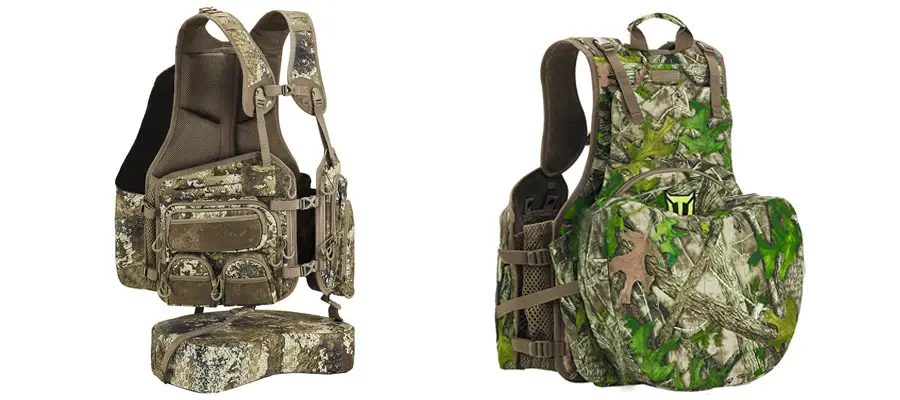When the winter sets in, is it really worth the time and effort to go waterfowl hunting? Can you really be successful? The answer to those questions may surprise you, however there is not a blanket one-size-fits-all answer either. But there are principles I provide in this episode that can help you answer that question no matter where you are or where you hunt.
There is a very important and often overlooked truth when it comes to late season duck hunting, and it is this. In most places, not all of the ducks leave for the winter. Now in Alaska, yes, the ducks are gone. But in New York and Pennsylvania and Indiana, and many other northern states, there are birds there year-round. If you can’t find any ducks that does not mean there aren’t any ducks.
The single biggest indicator of ducks is open water. If you can find water that has not frozen, be it lakes, streams, creeks, or rivers, you will find ducks. Or rather ducks can and do live there year-round. Some people have their best hunting in the winter because it concentrates where the ducks are and can hang out.
Another very often overlooked element is the concept of a fluid migration. Ducks do not just fly dead south until they hit the Gulf of Mexico and perch on the shore all winter. Many fly south until they find more comfortable weather, and when there are warm weeks they will drift back north some. They may be pushed further south again by a cold front, but birds move a lot. A duck may fly 100 miles for breakfast. They are very capable and mobile creatures. If you do not see birds in your area in the late season, just wait. Cold or warm weather could bring birds in from different directions.
The biggest consideration of late season hunting is safety. Falling in a stream when its 70 degrees outside is inconvenient. If it’s 20 degrees, that can be life threatening. You need very safe strategies to set up decoys and recover birds if you are hunting around water. Having gear that is up to the task is also important. You need to be able to stay warm and dry even in harsh weather conditions. High wind is much more common this time of year as well. But I think this can be a very effective time of year for most hunters.
Late season hunting can be very good hunting, some of the best of the year, but it takes a little different approach.
Listen to the full podcast episode to hear all of the details.

